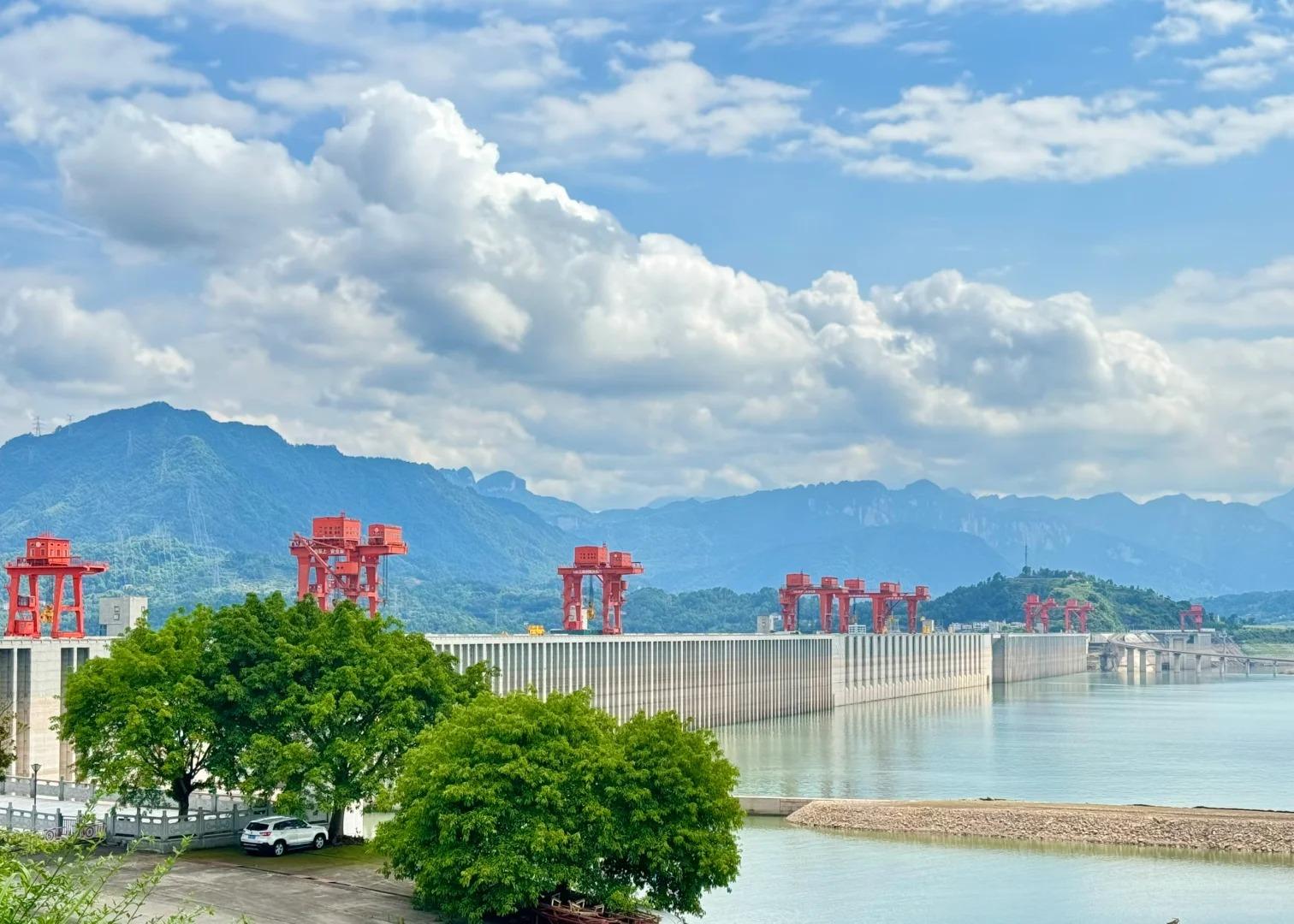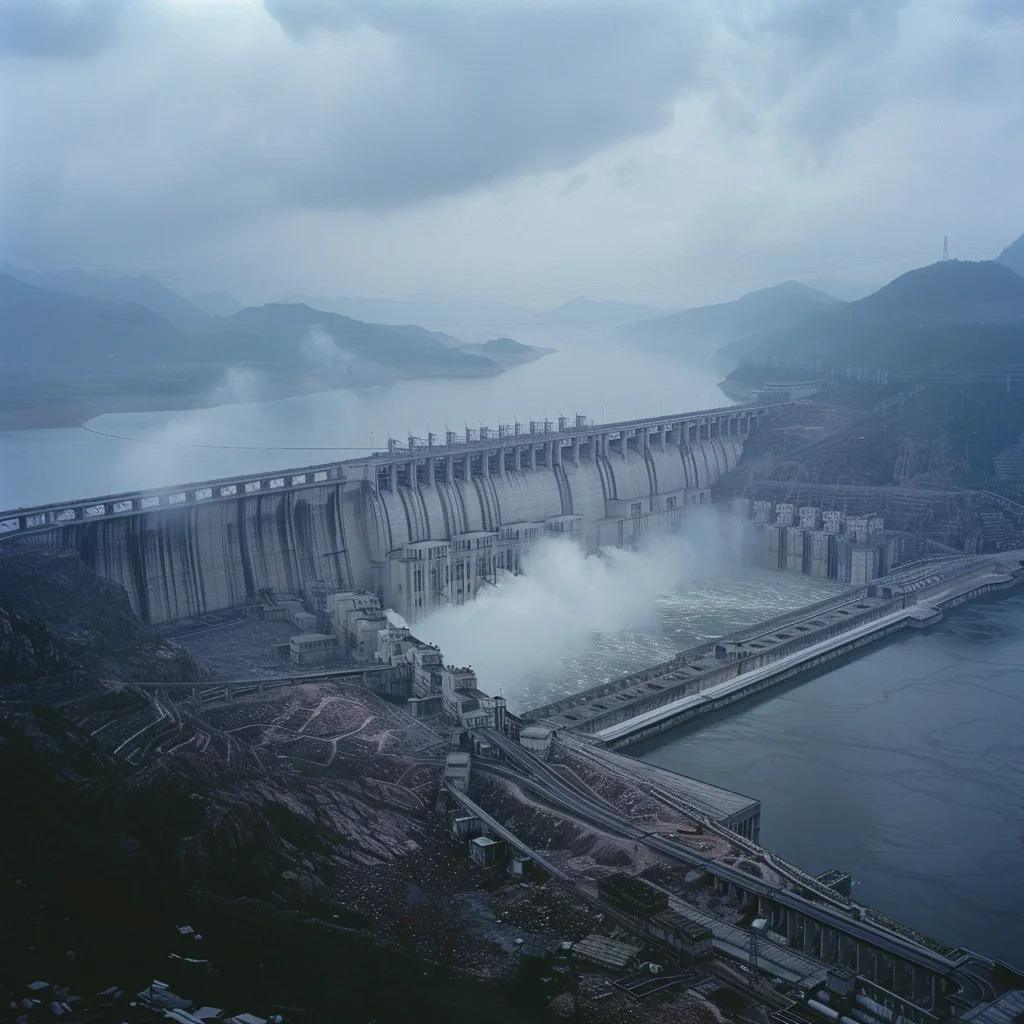Visiting Information
| Information | Details |
|---|---|
| Chinese Name | 长江三峡大坝 (Chángjiāng Sānxiá Dàbà) |
| Location and Address | Sandouping Town, Yiling District, Yichang City, Hubei Province, China |
| Opening Hours | 8:30 AM – 5:00 PM daily |
| Entrance Fee | CNY 105 (including sightseeing bus) |
| How to Get There | By Bus: Take bus 4 or 10 from Yichang city center to Three Gorges Dam Tourist Center By Taxi: About 1-hour drive from Yichang city center Note: No metro service available |
| Best Time for Visit | April to October (spring to autumn) |
| Contact Info | Tel: +86 717 2863777 Email: Not available |
Overview
The Three Gorges Dam is the world’s largest hydroelectric dam and power station, spanning the Yangtze River in central China’s Hubei Province. This monumental project, completed in 2006, serves multiple purposes including flood control, power generation, and improved river navigation. The dam has significantly impacted the region’s ecology, economy, and millions of lives, making it one of the most ambitious and controversial engineering projects in modern history.
Historical Background
The idea of damming the Yangtze River dates back to 1919 when Sun Yat-sen first proposed it in his plan for China’s industrialization. However, it wasn’t until 1992 that the Chinese government officially approved the project. Construction began in 1994 and was completed in 2006, with the reservoir reaching its full height in 2010. The project displaced over 1.3 million people and submerged numerous archaeological and cultural sites, leading to extensive salvage operations. Despite controversies surrounding its environmental and social impacts, the Three Gorges Dam stands as a symbol of China’s technological prowess and ambition.
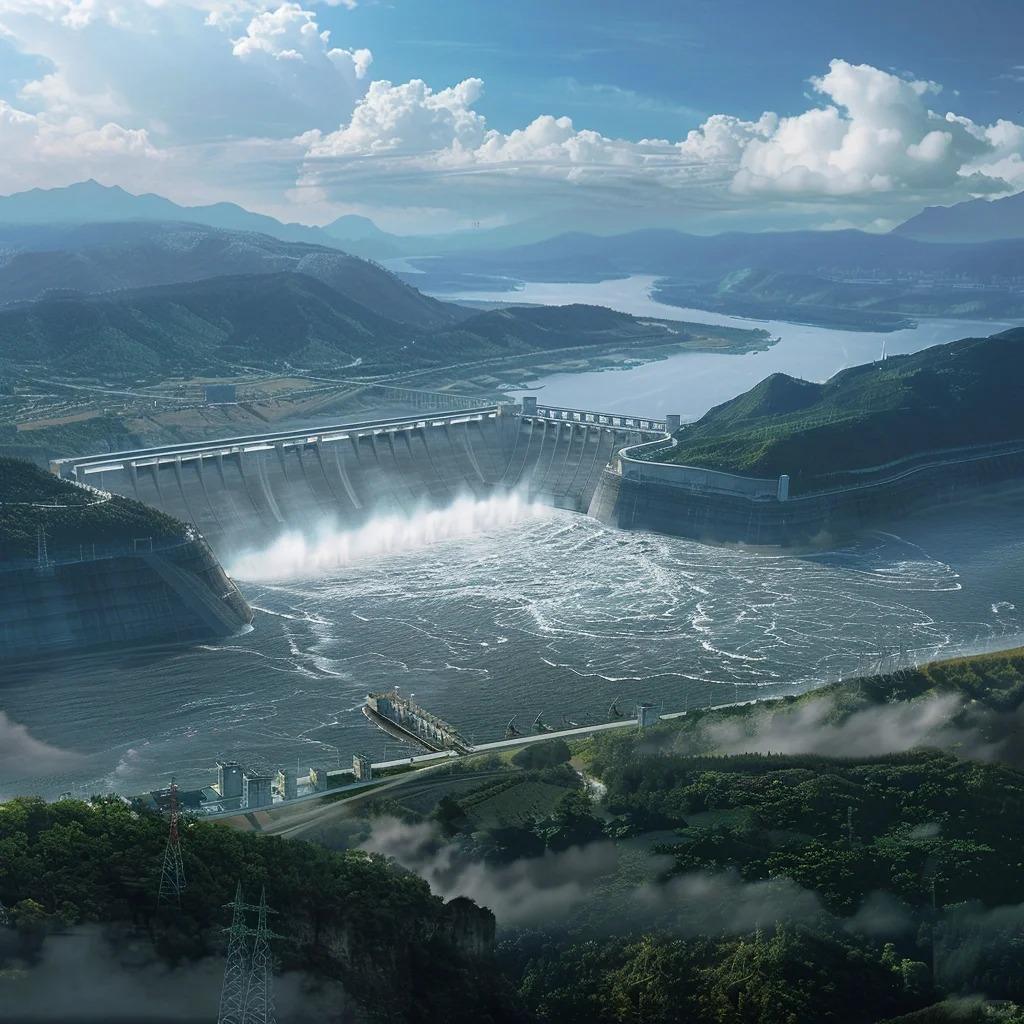
Architectural Features
- Dam Structure: The Three Gorges Dam is a concrete gravity dam, 2,335 meters long and 185 meters high. Its sheer size makes it an engineering marvel, using enough concrete to build a wall around the equator. The dam’s design incorporates advanced technologies to withstand immense water pressure and potential earthquakes.
- Hydroelectric Power Plant: The dam houses 34 hydroelectric generators, each capable of producing 700 megawatts of power. This makes it the world’s largest hydroelectric power station by installed capacity, with a total capacity of 22,500 megawatts.
- Ship Locks: To facilitate river navigation, the dam features a five-stage ship lock system. This impressive structure allows vessels up to 10,000 tons to pass through, effectively turning the upper reaches of the Yangtze into a major inland shipping route.
- Ship Lift: In addition to the locks, the dam includes a ship lift, capable of elevating ships up to 3,000 tons. This vertical lift, the largest and most sophisticated in the world, significantly reduces the time for smaller vessels to pass the dam.
Cultural Importance
The Three Gorges Dam holds significant cultural importance as a symbol of China’s technological advancement and economic power. However, its construction also led to the loss of numerous historical and archaeological sites along the Yangtze River. The project sparked a massive archaeological rescue mission, uncovering and relocating many cultural relics. The dam has become a part of modern Chinese identity, representing both the country’s ambition and the complex relationship between development and cultural preservation. It has also inspired numerous artistic works, including literature, films, and visual arts, reflecting on its impact on Chinese society and the environment.
Surrounding Attractions
- Three Gorges: The dam’s namesake, the Three Gorges (Qutang, Wu, and Xiling Gorges), offer breathtaking scenery. While parts of the gorges were submerged by the dam’s reservoir, they still provide stunning views of steep cliffs, lush forests, and historic sites. Cruises through the gorges are popular among tourists.
- Three Gorges Museum: Located in Chongqing, this museum offers an in-depth look at the history, culture, and natural environment of the Three Gorges region. It houses artifacts rescued from the area before the dam’s construction and provides context for understanding the project’s impact.
- Baidi City: Also known as the White Emperor City, this ancient site is located at the entrance of the Qutang Gorge. It offers panoramic views of the gorge and houses historical relics, including poetry inscriptions from the Tang Dynasty.
- Shennongjia Nature Reserve: Located in northwestern Hubei Province, this UNESCO World Heritage site is known for its rich biodiversity. It’s home to numerous rare plant and animal species, including the golden snub-nosed monkey, and offers hiking trails through pristine forests.
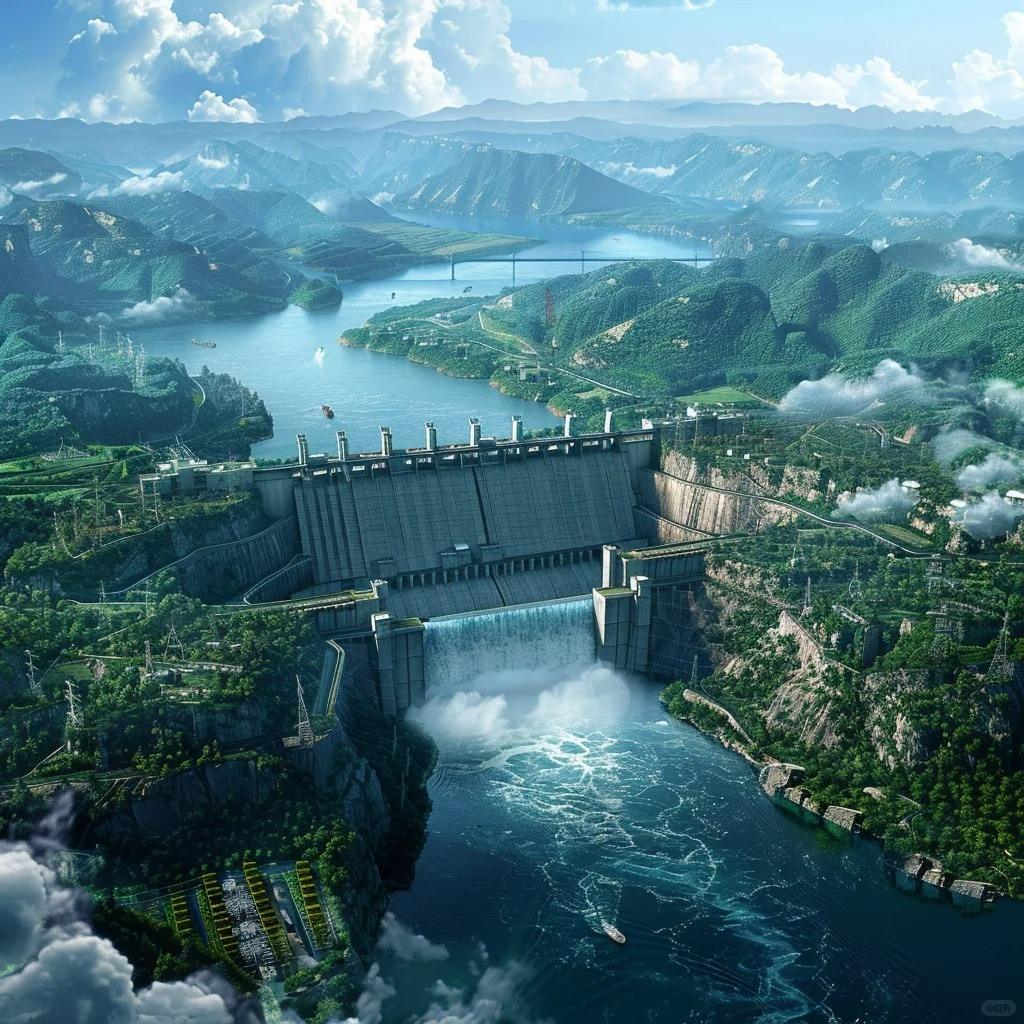
Photography Opportunities
- Dam Panorama: The 185 Club, an observation deck named for its height above sea level, offers a panoramic view of the entire dam complex. This vantage point is ideal for capturing the sheer scale of the project, especially during sunrise or sunset when the lighting adds drama to the scene.
- Ship Locks in Action: The five-stage ship locks provide fascinating photo opportunities, especially when large vessels are passing through. The contrast between the massive ships and the concrete structures creates visually striking images.
- Reservoir Landscape: The vast reservoir created by the dam, often shrouded in mist, offers ethereal landscape photography opportunities. The juxtaposition of water, mountains, and occasional settlements tells the story of the region’s transformation.
- Night Views: At night, the dam is illuminated, creating a spectacular light show. Photographers can capture long-exposure shots that highlight the dam’s architectural features against the dark sky.
Modern Importance
- Flood Control: One of the primary purposes of the Three Gorges Dam is to manage the Yangtze River’s floods, which have historically caused devastating loss of life and property. The dam’s massive reservoir can absorb excess water during flood seasons, significantly reducing the risk to downstream areas.
- Clean Energy Production: As the world’s largest hydroelectric power station, the Three Gorges Dam plays a crucial role in China’s renewable energy strategy. It generates clean electricity equivalent to burning 31 million tonnes of coal annually, contributing significantly to reducing China’s carbon emissions.
- Improved Navigation: The dam has transformed the upper reaches of the Yangtze River into a more navigable waterway. The deeper, wider river created by the reservoir allows larger ships to travel further inland, boosting commerce and reducing transportation costs in central China.
- Scientific Research: The Three Gorges Dam serves as a massive real-world laboratory for hydroelectric engineering, environmental science, and geology. Ongoing research at the dam contributes to advancements in these fields, providing valuable data on the long-term impacts of large-scale hydraulic projects.
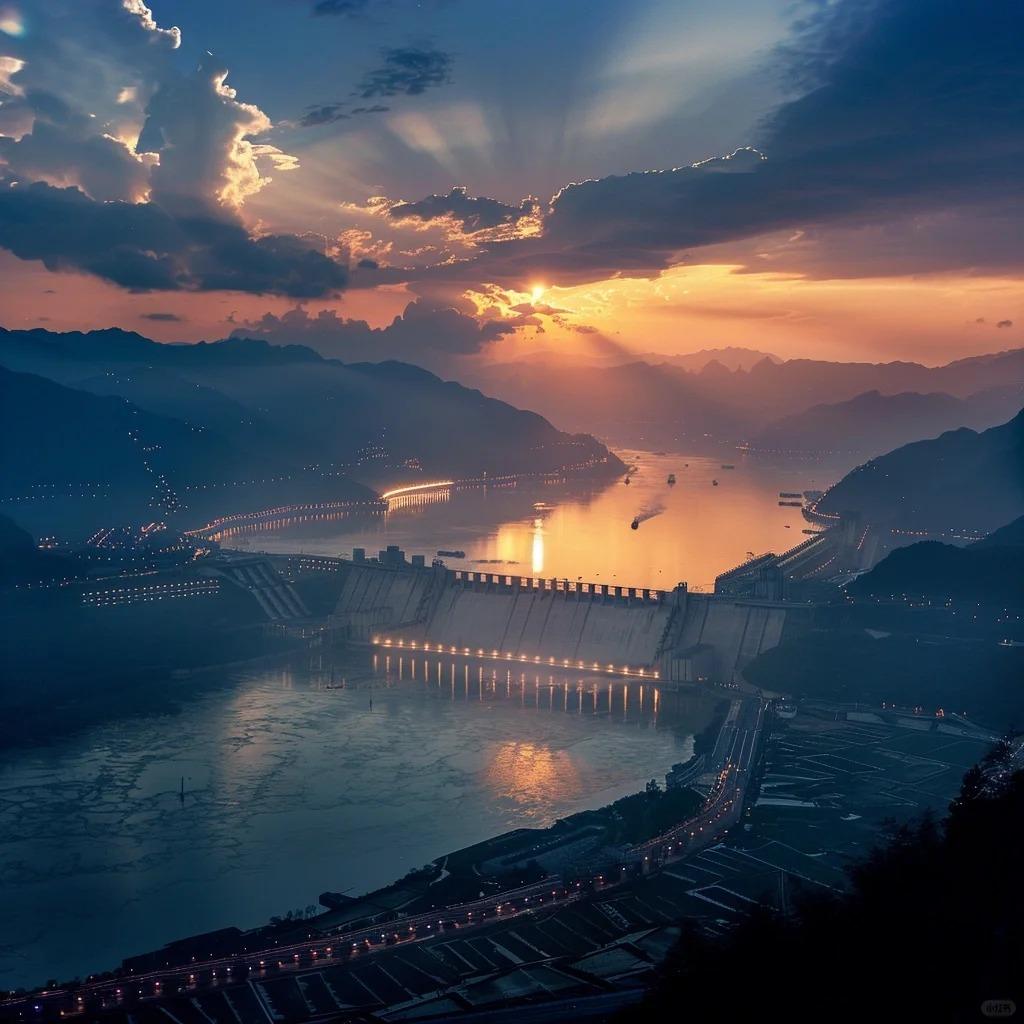
FAQ
- What is the Three Gorges Dam famous for?
The Three Gorges Dam is famous for being the world’s largest hydroelectric power station and dam, known for its massive scale, flood control capabilities, and significant impact on China’s energy production and river navigation. - What’s inside the Three Gorges Dam?
Inside the Three Gorges Dam, you’ll find massive turbines and generators for hydroelectric power production, a complex system of ship locks and a ship lift for river navigation, and various exhibition areas showcasing the dam’s construction and operation. - Is the Three Gorges Dam free?
No, the Three Gorges Dam is not free to visit. There is an entrance fee of CNY 105, which includes a sightseeing bus tour of the dam area. - Is the Three Gorges Dam worth visiting?
Yes, the Three Gorges Dam is worth visiting for those interested in engineering marvels, hydroelectric power, or the transformation of the Yangtze River region. It offers unique insights into one of the world’s largest infrastructure projects. - What to do in the Three Gorges Dam?
At the Three Gorges Dam, you can take a guided tour of the dam site, visit observation decks for panoramic views, watch ships pass through the locks, explore the exhibition center to learn about the dam’s construction and impact, and potentially witness the power generation process. - How do I get to the Three Gorges Dam in the local city?
From Yichang city, you can take bus 4 or 10 from the city center to the Three Gorges Dam Tourist Center. Alternatively, you can take a taxi, which is about a 1-hour drive from the city center. - How to visit the Three Gorges Dam?
To visit the Three Gorges Dam, plan to arrive early in the day as tours can take several hours. Book a tour at the visitor center or join a pre-arranged group tour. Wear comfortable shoes for walking, bring a camera, and be prepared for security checks. Consider combining your visit with a Yangtze River cruise for a more comprehensive experience of the region.


